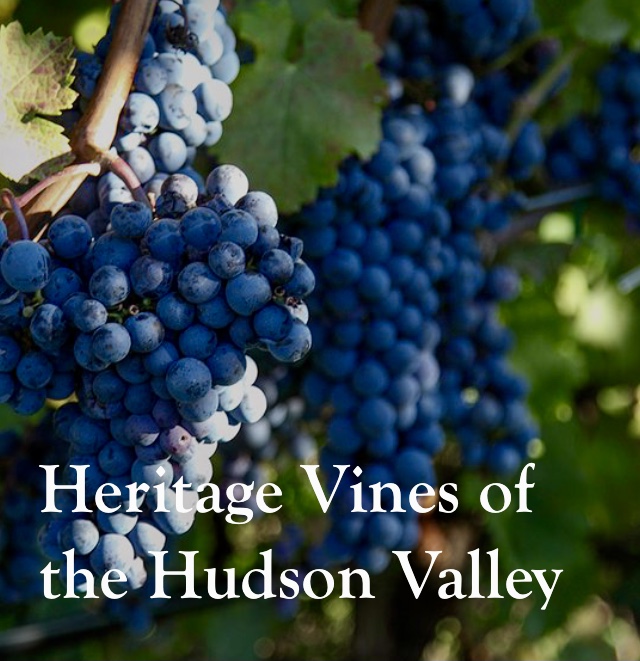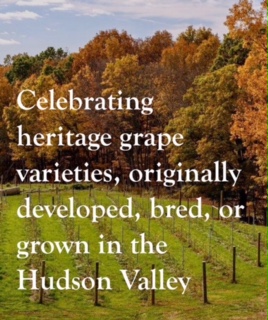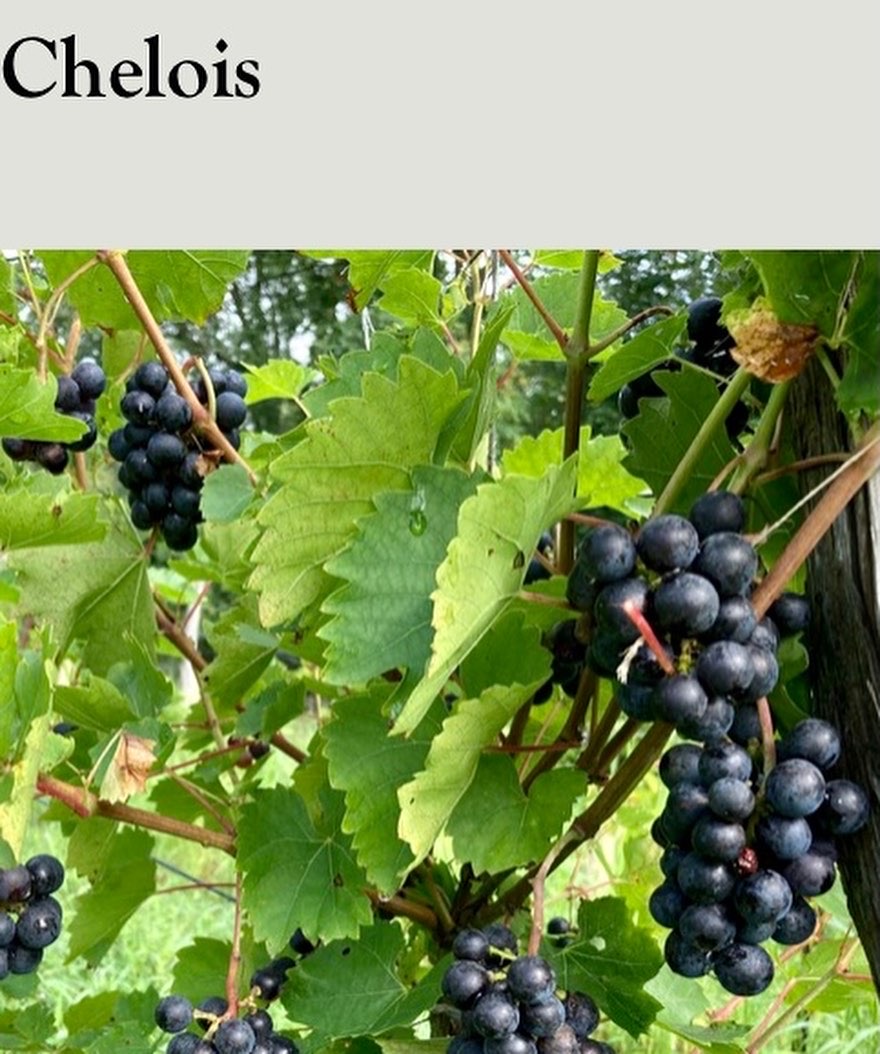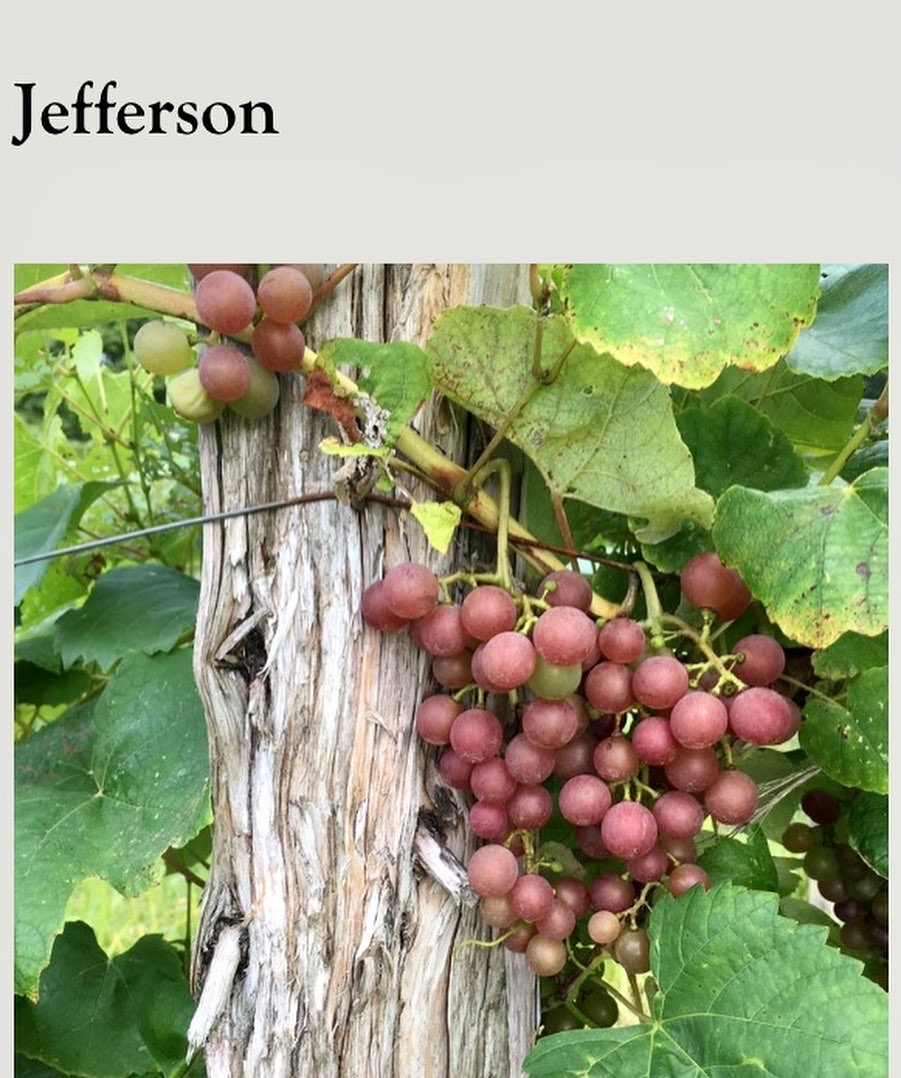I was pleasantly surprised recently to hear from my friend and mentor Steve Casscles. Steve is known for his encyclopedic knowledge of the Heritage and hybrid grapes of the eastern United States.He is well-known in the wine community for his articles, lectures, Grapes of the Hudson Valley and other Cool Climate Regions of the United States and Canada book, and his Cedar Cliff vineyard where he cultivates over 110 Heritage grape varieties along with his own hybrids. Steve has taken a new position at Milea Estate Vineyard where he and the winemakers there have just launched the Heritage Grape Project. Steve and his colleagues are taking on the important task of identifying and promoting the production of wine from Heritage wine grape varieties and those developed during the 19th century in the Hudson Valley and Boston’s North Shore.
At Milea, they are also consider, at least for the Hudson Valley, that certain French-American Hybrids should be considered as Heritage grape varieties for the Milea Heritage Grape Project. This is because their introduction to the Hudson Valley in the mid-1950s by grape pioneer Philip Wagner, and his local proteges such as Everett Crosby, Mark & Dene Miller, Ben Feder, William Wetmore, Richard Eldridge, Cesar Baeza, and others fostered an explosion in the number of wineries in the area that made quality wine from these Heritage French-American hybrids. These Heritage grapes include, Baco Noir, Chelois, Leon Millot, Foch, Burdin, Le Colonel, and Chambourcin (reds) and for the whites Seyval Blanc, Vidal, Vignoles, and Verdelet.
With the effects of climate change already being felt here on the East Coast and throughout the wine growing regions of the world, the time to begin implementing long range solutions has arrived. The key to the future success of countless vintners globally may lay in these forgotten grape varieties whose adaptability could provide the answer to the dilemma of climate change in our vineyards.
After Steve’s foreword on the goals of the Milea Heritage Project on http://www.hudsonvalleyheritagewines.com. I asked Steve to tell us about his vision and objectives for the project.
The goals of this project are to re-introduce to a national and international audience the significant contributions that the Hudson Valley has made to American horticulture and to encourage the cultivation of these heritage varieties to produce superior wines. Coupled with this effort to bring back these heritage grape varieties is the desire to promote the cultivation of such grapes because they can be grown in an environmentally sustainable manner. Steve Casscles
First, I am honored by Rich’s comments and posting about our exciting new project at Milea Estate Vineyards. I think you will soon hear more of our work to identify and promote heritage grape varieties, be they French-American hybrids, Hudson Valley or North Shore bred grape varieties of the 19th century, or new chance seedling grape varieties that we are working with to make quality wine. These quality wines will be made in a manner that is acceptable to the marketplace and which are highly fungus disease resistant, winter and summer tolerant of cold and heat, can roll with the punches that Mother Nature seems to be throwing at our growers, and are consistently productive, even in the most challenging of years. We will be posting information on our Project’s progress, and very much relying on Richard and his wonderful blog to post this information as well. Be well.
Thank you Steve for the kind words and for sharing this timely information with us. The Milea Heritage Grape Project is beginning its mission at a pivotal time for viticulture. It is critical to the success of this undertaking that its important message be heard and understood by the people who are most affected by the issue it seeks to address. I am including this link to the Milea Heritage Grape Project’s email sign up form at the bottom of their contact page so you can to receive news and updates from the project http://www.hudsonvalleyheritagewines.com/contact-us Please sign up. Thank you.
Photo Credit: Hudson Valley Heritage Wines







